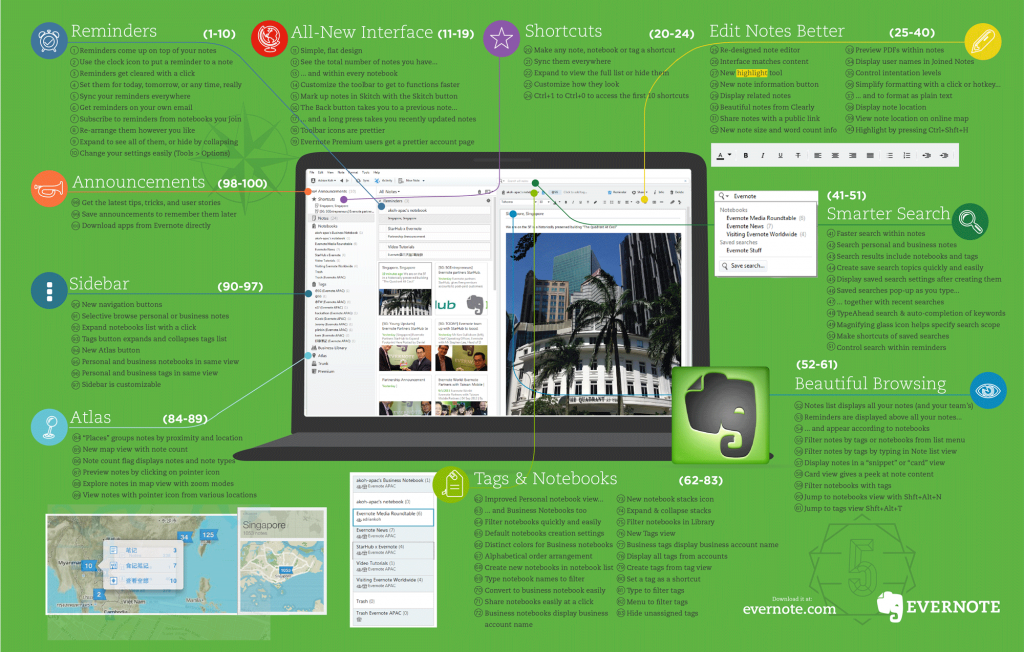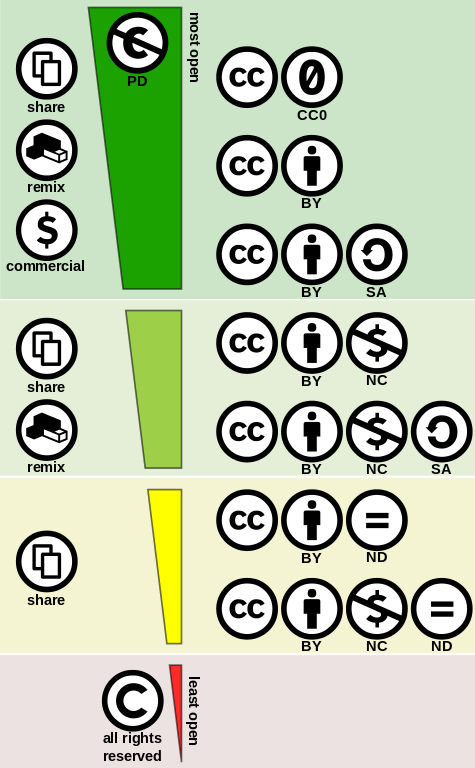We all come up with good ideas, only to come up against a wall of red tape. Thus, we decided to start compiling lists to help people see what obstacles they have to consider before striking out on that big adventure. Here is a start to a list on health regulations.What Please keep in mind …





